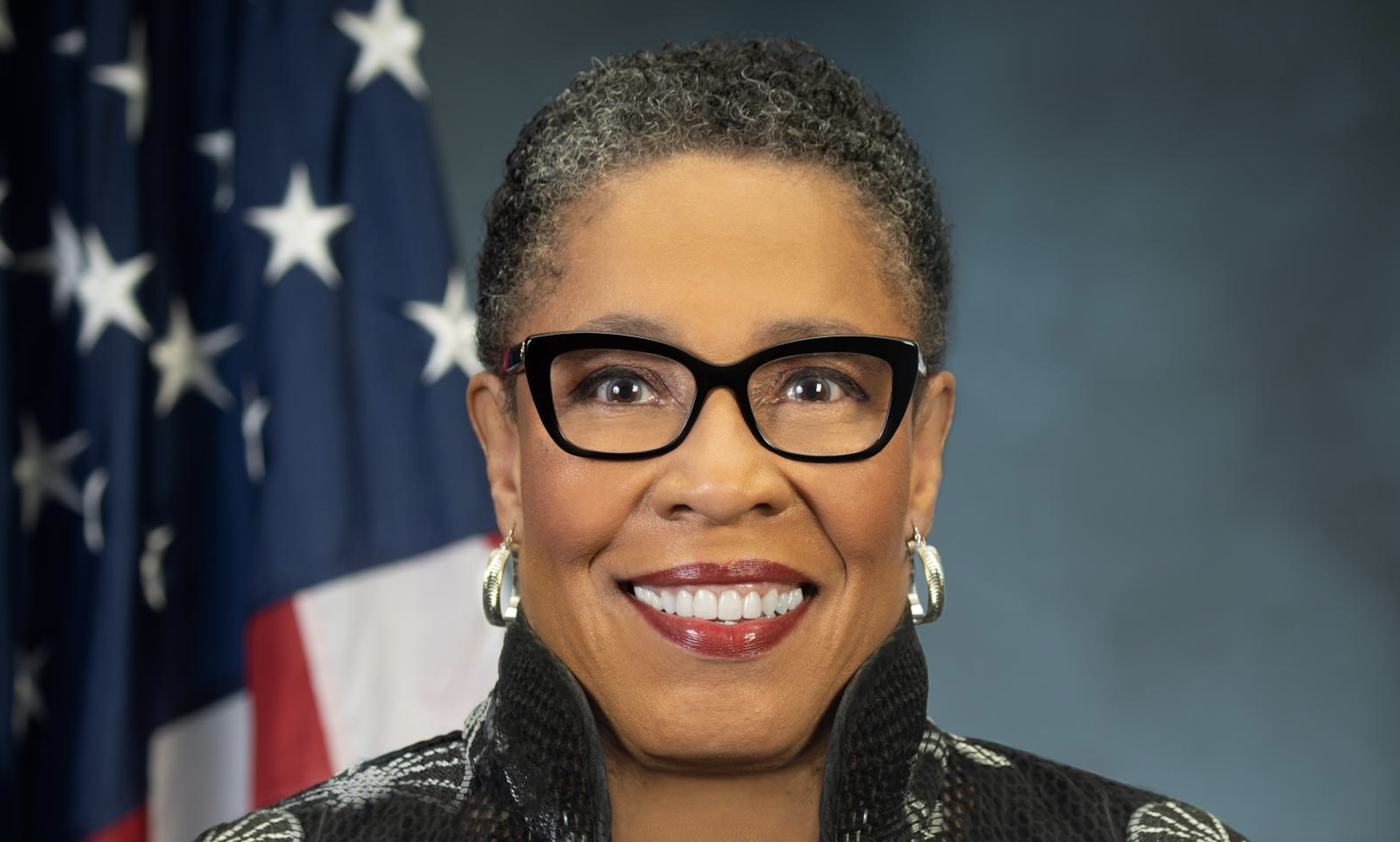|
Make sure everyone in your organization understands the standards that you've set.
|
'The prime assets of a builder are land, a bag of money, a Rolodex and a telephone," says George Casey, president of the Mid-Atlantic division of Arvida. "Everything else we contract out and rely on others' expertise to mitigate our risk."
How do you manage risk when you relinquish control?
As GIANTS grow through consolidation, more assets and more fingers in the pie mean more risk. As GIANTS grow, so does the need for an internalized, multi-faceted process for managing risk. It's not simply about insurance and contracts - there's a real need to make it a way of life, born at the top and grown throughout the organization.
The core of a risk-management process needs to focus on quality, meaning that your product performs as it was designed to, defects are eliminated, customers stay happy and liability is reduced. If you aim for consistency, quality is sure to follow. According to Casey, "consistency and predictability are the basis to get closer to perfection. Consistency allows you to see defects more easily. You can find the cause, fix the problem and adjust your standards, which reduces future risk. When practices aren't the same, it's harder to notice issues and your risk exposure expands.
"Don't change standards on the fly. Substituting a cheaper material or bringing on a new vendor for a better deal might make you think you're getting a better price. But because it's a change, there's inherently more risk, so the costs may be higher in the long run."
Eliminate Gaps in Responsibility
All builders face the challenge of managing the risk involved in contracting work to multiple parties. With GIANTS, the challenge is exacerbated because of the organizations' size. A consistent approach to the contracting and insurance processes is key to reduce your own liability.
Purchasing agreements and warranties should spell out the items for which you and your customers are responsible. All the contracts and agreements in between - from the title insurance policy and land development contracts to contracts with architects and engineers - should clearly state each party's responsibility and eliminate gaps in liability that could come back to bite you. Remember: Consistency is key. Contracts should be developed centrally and used consistently in each division to eliminate variances.
For elements beyond your control, such as catastrophic risk, you need insurance. With premiums doubling or tripling, policies covering less, and insurers being selective about who they'll insure, builders are getting the raw end of the deal. The good news is that clear standards of quality and a process for implementing them makes you a less risky client for insurers.
Contracts and insurance are just a part of the process, though. Two other critical components are to be consistent in what you say and in the way you operate.
Communicate a Consistent Message
With so many people involved in large builders' organizations, you need to make sure everyone's on the same page in the way you design and build your product and serve your customers. It starts with clear, consistent, and comprehensive standards for what you want to deliver. These standards should consider everything that impacts cost - materials, land, people and systems - as well as design and construction, contractor and supplier relations, and customer relations. Make sure they're comprehensive; if standards are too sparse, your team will fill in the blanks on their own and create variations, adding unnecessary risk.
Duncan Prahl, who's leading a process-focused research project at IBACOS, has been working with builders to develop clear scopes of work so that everyone involved in the construction process understands the standards. "The scopes of work should be customized for the different people who will need it," he says. "For example, purchasing agents, site supervisors and trade contractors use the same documentation differently. A comprehensive scope of work package for each of these people should include installation details, installer checklists, an installer requirement of understanding, material spec sheets, standards and requirements, supervisor checklists and a step-by-step installation guide.
"Additionally, beware of using the catchall term 'industry standards' in contracts, which can mean different things in different parts of the country."
To manage the balance between the standards you create centrally and the different needs of each division, clear and consistent communication throughout the organization is key. But don't simply hand over documentation and walk away. Implement a comprehensive employee-training process that includes field and classroom learning, online training and mentoring. Because of the high turnover in the residential construction industry, it's important to have a continuous training program to ensure appropriate training for new hires.
Risk continues past the construction stage and exists after the homeowner is living in the home, so your customers also need to be trained, though in a different way. When customers purchase new homes, they paint a picture in their minds, and if their real homes don't match those visions, their disappointment opens up risk. Set the customers' expectations during the sales and construction process: Make sure they're clear on what they'll get, when it will be delivered and what their responsibilities are for home maintenance.
Consistency Through Business Structures
Once you've established and communicated clear standards, implement rigid business structures in your operations to achieve quality. With a consistent structure, you don't need that elusive superstar worker to get great results. As Arvida has discovered, if you put ordinary people in a good structure, they'll produce extraordinary results. Casey shares this anecdote:
"We developed a system with centralized, consistent schedules and checklists in a spiral bound book for each field superintendent. In 2000, a bag boy at one of our country clubs came up to me and said he wanted to learn about the construction industry. He tested well and was sincere in his interest, but he had no background in construction. We put him in warranty for six months to begin learning and then put him in the field as an assistant super. We gave him the schedules and checklists, and a seasoned super to mentor him. After two or three months, he picked up a few houses on his own. He went through the houses and checked for quality and asked his mentor for support whenever there was an issue. Because of the mentoring, he learned how to deal with the issue on his own in the future. After one year we tested him on the quality of the house before the customer walk-through and cycle time, and he was in the top 20 percent of both. After a year and a half, he had a full house load and was one of our top performing supers. He's still with us today. We have learned over and over that systems and structures primarily determine outcomes."
Good business structures don't just help with employees - contractors, suppliers and customers will benefit from similar consistency. Take, for example, consistency in scheduling that allows both you and your contractors to know what they're doing, when they're doing it and how long it will take. You'll easily find bottlenecks (an electrician may take two days longer than scheduled) and correct the problem (he didn't have the right materials list), eliminating similar issues in the future and, ultimately, improving the quality of your process and your product. This reduces risk and improves profitability, while also reducing cycle time.
Risk management starts and ends with quality. Without quality, your product suffers, risking your bottom line and reputation. Establish a consistent process that serves as a litmus test for identifying risky variances and allow for continuous improvement, and hand off liability to all the people with fingers in your pie. Consistency triggers a domino effect: When you're consistent, the quality of your product and process will improve, increasing your homes' performance, reducing risk and, ultimately, boosting profits.
BuildIQ helps builders increase the consistent performance of their team, mitigating risk and protecting bottom-line profitability through the development and delivery of industry-specific web-based training. More information can be found at www.buildiq.com
Related Stories
Custom Builder
HUD Secretary Marcia Fudge Announces Forthcoming Resignation
U.S. Department of Housing and Urban Development Secretary Marcia Fudge has said that she intends to leave office later this month
Custom Builder
Floodproof on a Floodplain
An impressive addition to the IDEA Home series, the NEWLOOK Experience Home is a master class in engineering and creative design, with builder Michael Freiburger out-thinking an exceptionally tricky lot
Custom Builder
Why Start a Custom Building Business?
In this Taking Care of Business segment, expert coach and trainer Scott Beebe joins our host Duane Johns to talk about where custom builders could be getting off on the wrong foot
Custom Builder
3 Questions Answered About Reliable Energy in Home Construction
Energy expert Bryan Cordill makes a case for why and how propane is an answer to growing concerns about reliability and resilience in home construction
Business
Custom Builder to Talk Color Design with Becki Owens at IBS
At this year's IBS, renowned designer Becki Owens will sit down with host James McClister, editor of Custom Builder, to discuss a variety of topics from basic color play in design to the Allura Spectrum palette, a collection of Sherwin-Williams colors curated for the benefit of pros
Business
PERC Highlights Sustainability and Efficiency at IBS with 'Clean Build Conversations'
Hear from industry standouts Matt Blashaw and Anthony Carrino at this hour-long Show Village event
Business
The Five Foundational Cornerstones
Business coach Scott Beebe shares insights into the often ignored business basics that could be the difference between long-term success and failure
Custom Builder
Start With the Why: Fundamentals of the Custom Builder Business
In our inaugural episode of Taking Care of Business, host and custom builder Duane Johns sits down with Scott Beebe, head coach and founder of My Business on Purpose, to talk vision, purpose, mission, values, and more
Business
Why AI Is Now Key to Our Trade Partner Strategy
Thompson Custom Homes Business Manager Erin Day explains how AI became a crucial part of building and maintaining successful trade partner relationships
Business
Thriving in 2024: Tips for Succeeding in an Uncertain Environment
Author and sales expert Mark Richardson shares his insights on the industry and how to rethink your approach to success in the new year












